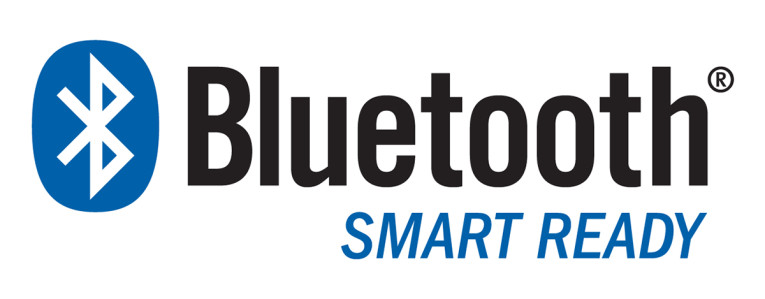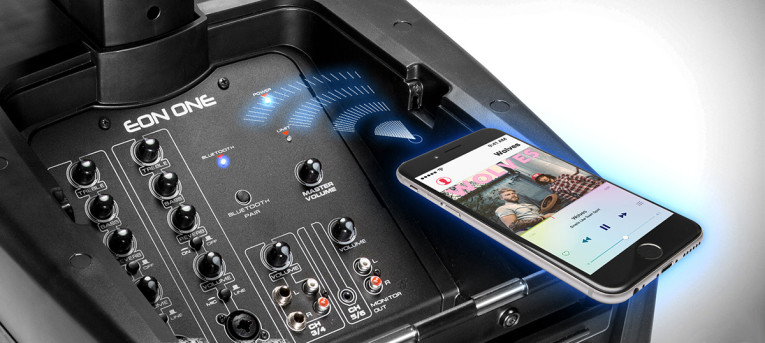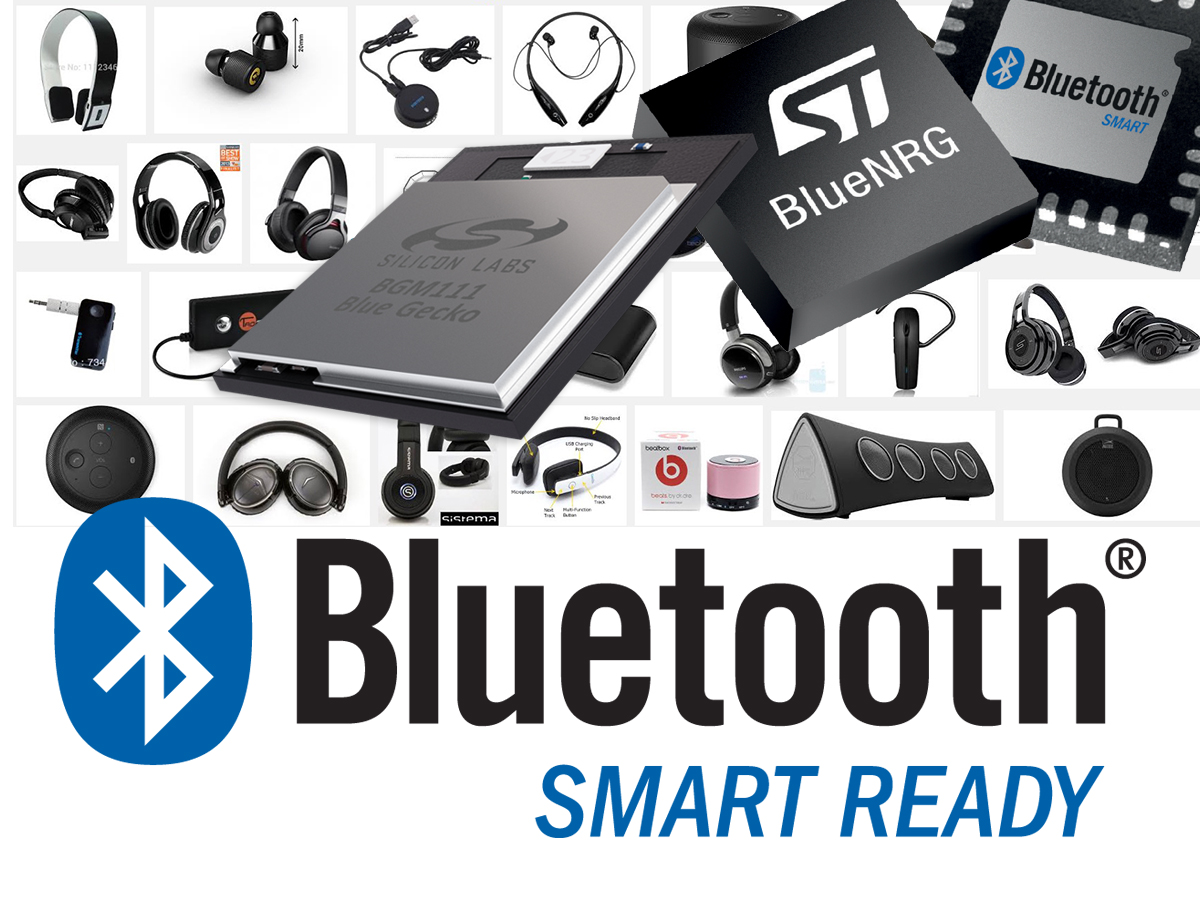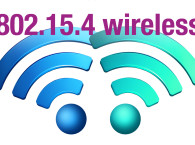ABI Research latest forecast predicts annual Bluetooth device shipments to reach 5 billion by 2021. Though smartphones will still account for 43% of Bluetooth device shipments at this time, Bluetooth Smart, also known as Bluetooth Low Energy, is exhibiting the strongest growth with a predicted 34% CAGR between 2016 and 2021, driven by new opportunities in beacons, home automation, and wearable applications in which lower energy consumption is critical. As a result, Bluetooth Smart Devices will account for 27% of total Bluetooth shipments by 2021.
On a related study, ABI Research forecasts the global wireless connectivity market, excluding cellular connectivity, to reach more than 10 billion annual IC shipments by 2021. While smartphones will continue to represent the largest market, the introduction of Bluetooth mesh networking, emerging Wi-Fi protocols, enhancements to 802.15.4, such as ZigBee 3.0 and Thread, and the growing trend to develop multiprotocol connectivity system on chips (SoCs), will create new opportunities in various verticals of the IoT market.

Bluetooth Smart Rules
“While there remain significant opportunities for Bluetooth smartphone accessories and connected home devices, there will be increasing traction toward connecting to everyday household objects,” says Andrew Zignani, Industry Analyst at ABI Research. “This will be driven further by mesh networking and IPv6 enhancements. Improvements in energy efficiency and range, and reductions in size, will be contributing factors accelerating shipment growth. However, initial mesh implementations will target less power conscious devices, such as smart lighting, rather than beacons and more sophisticated wireless sensor network applications due to ‘the extra power consumption that mesh will require.’”
ABI Research finds it will also become increasingly critical to incorporate Bluetooth in routers and other smart home gateways for when an intermediary device, such as a smartphone or tablet, is not present. But Bluetooth faces its fair share of competition. Though it is widening its appeal, Bluetooth faces great difficulties in gaining traction in certain markets in which other low-power wireless technologies, such as Z-Wave, 802.15.4, HaLow, and Wi-Fi are more suitable.
“OEMs and IC suppliers should take advantage of new enhancements to range, throughput, and mesh networking in Bluetooth to compete against other IoT connectivity solutions,” continues Zignani. “IC suppliers should specifically integrate with other connectivity solutions to enable new usage scenarios and focus on ways to differentiate, such as by reducing size and power consumption. OEMs can also utilize Bluetooth’s throughput advantage versus 802.15.4 and lower power consumption versus Wi-Fi in order to create new and unique use cases that separate them from competing connectivity solutions.”
Combo solutions will become increasingly important to the market moving forward, while integration with other technologies such as NFC in order to securely provision headless IoT devices will also become more common. Power will also become increasingly critical and soon result in improvements in sleep states and radio operation, as well as enable growth in ultra-low power IoT nodes. Given the many upcoming enhancements, the building of reference designs and developmental tools will be critical in upcoming years in order to ease deployment.
“While suppliers such as Broadcom, Qualcomm, and MediaTek are still the key drivers of Bluetooth’s overall numbers, IoT focused players like Cypress, Nordic, TI, and Silicon Labs also have significant potential for growth due to new opportunities for Bluetooth in these emerging markets,” concludes Zignani.

10 Billion Annual IC Shipments by 2021
According to ABI Research’s analysis, Bluetooth will be in 60% of total devices by 2021. The mobile phone market will account for less than 45% total Bluetooth shipments by this time as Bluetooth Smart continues to grow and branch into new verticals. Bluetooth Smart will be in 16% of devices by this time, with strong growth in smart home and beacon applications, in addition to a significant presence in the connected home and wearable space.
Wi-Fi will see its most significant growth in IoT verticals, such as wearables, automotive, the smart home, and other nascent IoT verticals. However, by 2021, mobile phones will still account for 55% of the Wi-Fi-enabled device market. Wi-Fi is also branching out into new frequency bands, including 802.11ad (WiGig) for high-speed wireless data transfer and sub-1GHz Wi-Fi HaLow (802.11ah). This will open up new opportunities for 802.11ad in the networking, mobile device, computing, and peripheral space, and in low power IoT devices and wireless sensor network applications for 802.11ah. By 2021, Wi-Fi will be found in 47% of all devices.
802.15.4-based technologies, such as ZigBee and Thread, are set to find success in the smart home, achieving a CAGR of 60% between 2016 and 2021. The technology will also see growth in energy management and smart city applications, such as building automation, smart metering, smart lighting, and industrial applications, accounting for more than 28% of devices by this time. However, 802.15.4 will still only be present in less than 9% of the device market by 2021, predominantly due to its absence in the smartphone and consumer electronic markets.
NFC is also targeting new opportunities for mobile payments in smartphones and wearables, as well as secure pairing and provisioning of IoT devices. It is the growing prevalence of combo ICs, though, that will help drive the market forward, particularly in IoT verticals.
“These solutions can help eliminate the need for multiple connectivity ICs, reduce complexity and cost, and give manufacturers greater flexibility in targeting multiple applications and use cases using a single SoC,” says Andrew Zignani, Industry Analyst at ABI Research. “Devices incorporating multiprotocol chipsets will be more future-proof and faster to market. Ultimately, this will enable greater scalability and afford OEMs more flexibility and confidence when designing a connected device.”
ABI Research’s extensive analysis of the wireless connectivity market includes forecasts for technologies ranging from Bluetooth “Classic”, Smart, and Smart Ready to 802.15.4, NFC, and each of the current and future Wi-Fi protocols. Market opportunities for each of these technologies are assessed across more than 15 verticals and 75 end device types. These findings are part of ABI Research’s “Wireless Connectivity Service” and “Bluetooth Service,” research reports.
www.abiresearch.com






